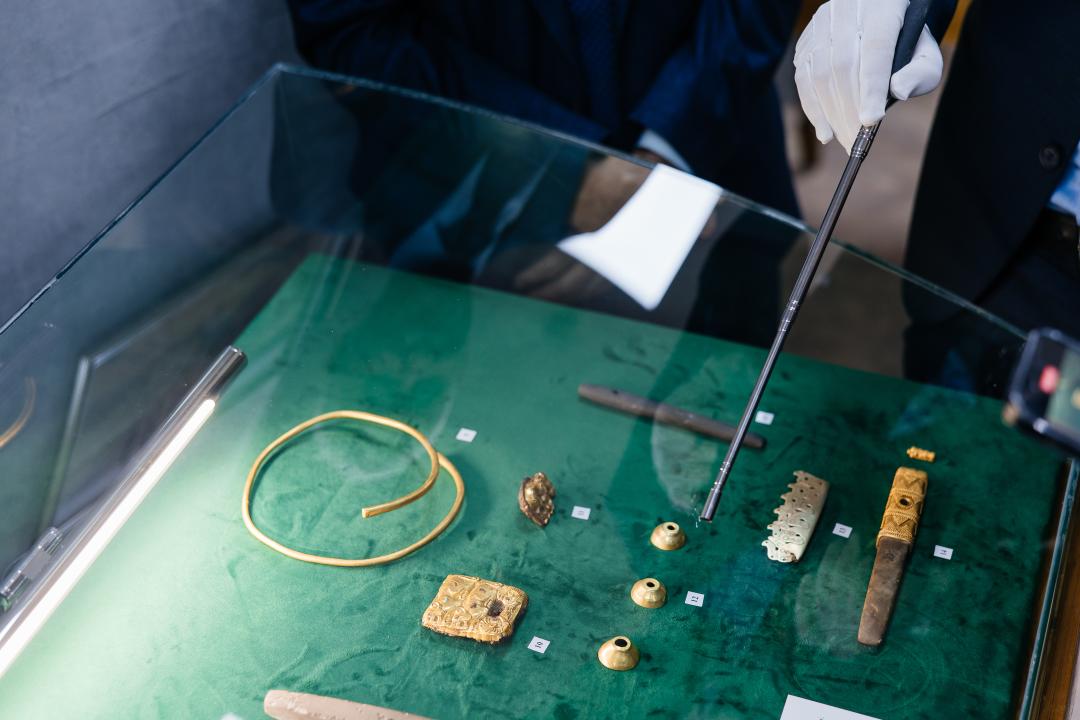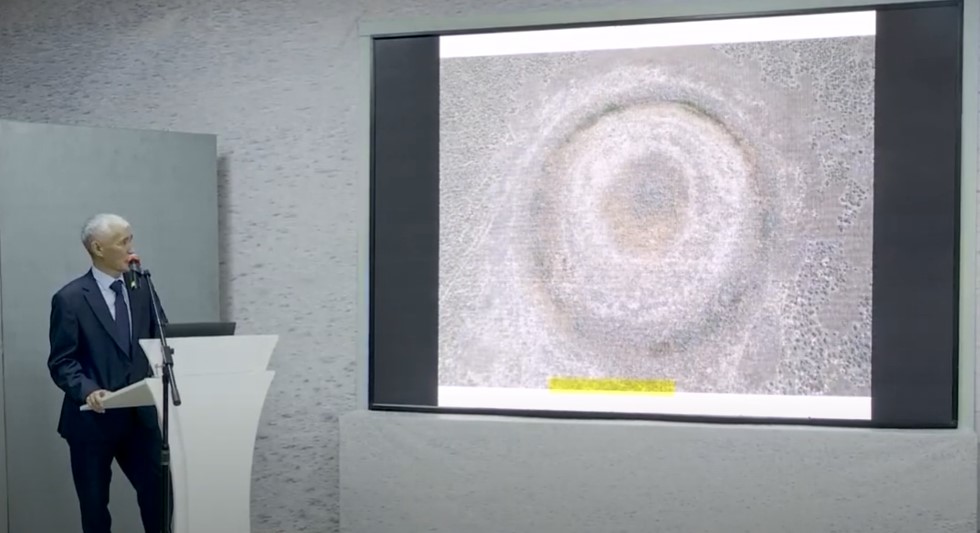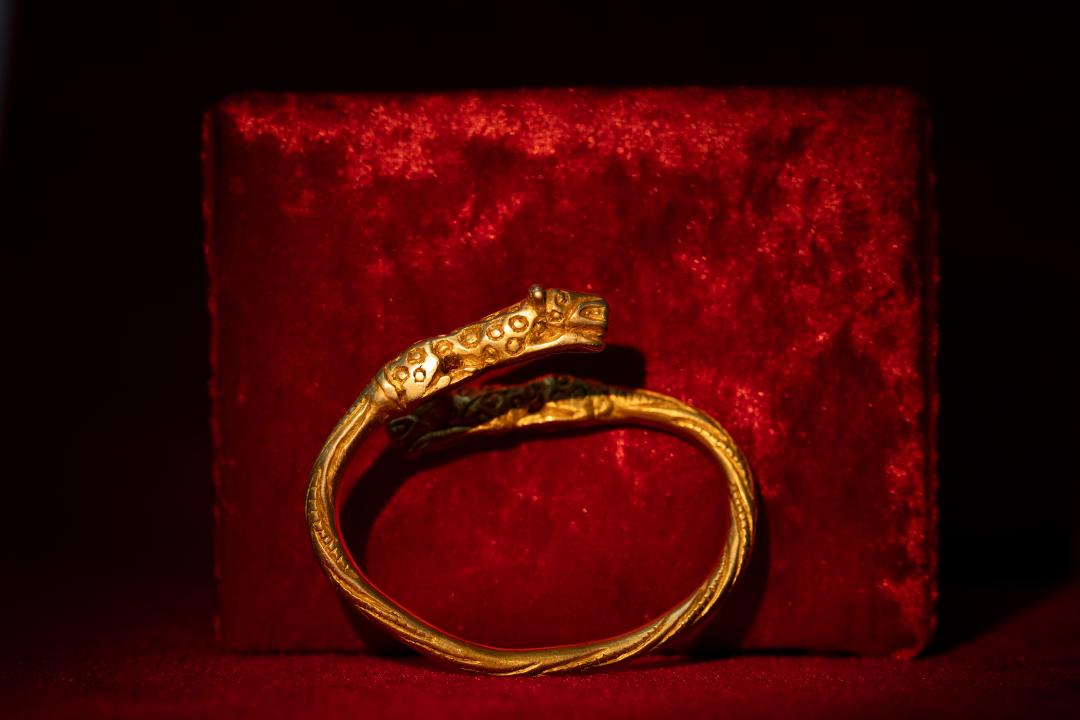Recent archaeological discoveries in the Atyrau region, Kazakhstan, have unveiled an exceptional complex of Sarmatian burial sites dating back to the 5th century B.C. Excavations at the Karabau-2 mound, located 10 kilometers north of Karabau village in the Kyzylkoga district, revealed nine graves, seven of which remained intact. These findings have shed new light on the culture and society of the Sarmatians, an ancient nomadic people of the Eurasian steppe.
The Discovery and Artifacts
Archaeologists recovered an extraordinary collection of artifacts, including human remains, gold jewelry, weapons, and ceramics. Some tombs were collective burials, leading scholars to classify them as "royal tombs." According to Marat Kasenov, head of the excavation team, about 1,000 artifacts were found, including 100 gold ornaments decorated with images of leopards, bears, tigers, and antelopes. A particularly rare find was two wooden bowls, never seen before in similar contexts, now undergoing restoration.

Photo credit: Gov.kz.
Excavations at Karakuduk-1 and Karakuduk-2 Mounds
The archaeological investigations extended to the Karakuduk-1 and Karakuduk-2 mounds, located 9.7 kilometers northwest of Karabau. Here, other valuable historical objects were discovered, including silver pictograms, iron and bronze weapons, and household items. A unique find at Karabau-2 was two touchstones with gold handles, historically used by the Sarmatians to test gold authenticity.
The Sarmatian Treasure: Symbolism and Significance
Among the most extraordinary objects were gold appliques on clothing, weighing two grams, and a massive 370-gram gold bracelet shaped like a mountain leopard. Animal symbolism was recurrent in Sarmatian culture, reflecting their connection with nature and worldview.
Historical Implications of the Discoveries
The archaeological research, conducted between 2023 and 2024, involved 20 workers, five museum staff members, and anthropologists from Astana and Almaty. The findings were presented at the "Gold of the Sarmatians" exhibition, attended by regional officials, historians, and cultural experts.
One of the most groundbreaking aspects of these discoveries is the redefinition of the Atyrau region's role in Sarmatian history. Previously, it was believed that this area was merely a peripheral margin of the Sarmatian civilization, but the new findings suggest that the Caspian Lowland, the Zhaiyk River, and the area near the Zhem River were actually central to the Sarmatian empire. As Marat Kasenov stated: "These findings challenge previous beliefs, indicating that the Atyrau region was a vital center for the Sarmatian civilization."

a press conference to present the discovery. In the image, on the right, the Sarmatian tomb mound, seen from above
The discoveries at the Karabau and Karakuduk sites not only enrich knowledge of the Sarmatian people but also offer a new perspective on the history of the Eurasian steppes. Future excavations may reveal further details about this ancient civilization, shedding new light on a culture that has left a profound mark on the history of Central Asia.








Leave a Comment